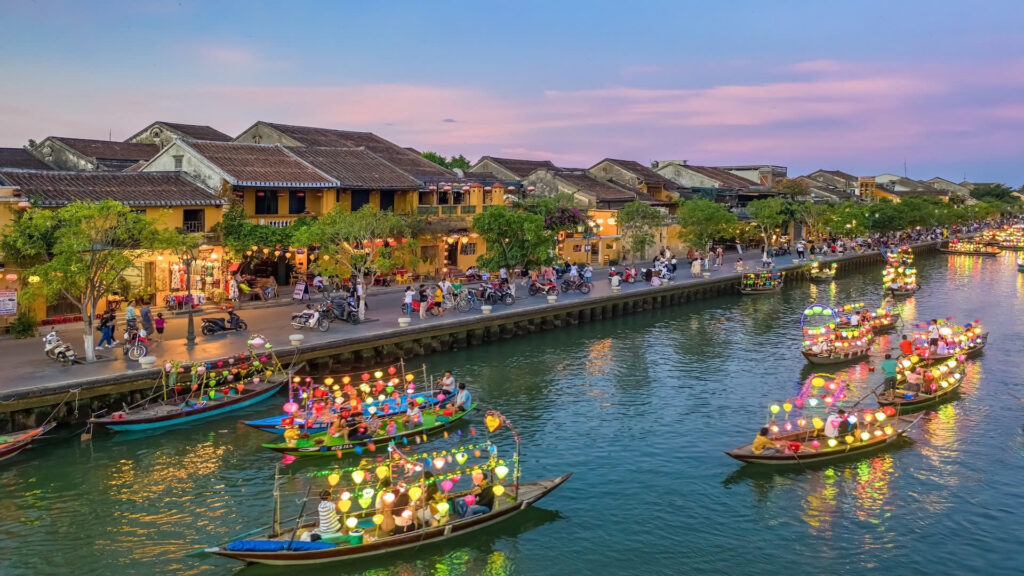Beyond its renowned ancient town, Hoi An offers a wider array of attractions. Here top 10 Must-Visit Places in Hoi An. It offers a wealth of captivating attractions beyond its old streets and delicious traditional food. Exploreve presents the top tourist spots for a complete and memorable trip.
Hoi An Ancient Town
Hoi An tourism revolves around its well-preserved ancient town. It features cobblestone streets and centuries-old houses. Over 1000 architectural relics are found here. These comprise ancient houses, assembly halls, and community centers. Temples, pagodas, ancient wells, and public structures are also present. In the evening, thousands of lanterns light up the town. This creates a magical and enchanting atmosphere. Visitors can stroll along the narrow streets. They can also browse handicraft shops. Savoring unique street food is another popular activity.

Japanese Covered Bridge (Chua Cau): An Iconic Symbol
Built in the 17th century, the Japanese Covered Bridge is a renowned symbol of Hoi An. This bridge, made of wood, is a distinctive architectural accomplishment and is rich in historical and cultural value. It is approximately 18 meters long. Japanese merchants originally built it. Their purpose was to connect the Japanese and Chinese quarters. The bridge beautifully blends Japanese, Chinese, and Vietnamese architectural styles. Consequently, visitors can explore both the interior and exterior. They can admire intricate carvings and learn about its history.

Hoi An is more than just its ancient town. It offers a wealth of captivating attractions beyond its old streets and delicious traditional food. Exploreve presents the top tourist spots for a complete and memorable trip.
An Bang Beach: Relaxation by the Sea

Located just 3km from the ancient town center is An Bang Beach. This is an ideal spot for swimming and relaxation. You can also enjoy fresh seafood here. CNN recognized it as one of the top 50 most beautiful beaches globally. An Bang is renowned for its fine white sand. Its clear blue waters are equally captivating, complemented by towering coconut palms. Visitors can indulge in swimming and surfing. For a more relaxed experience, simply lounge on the sand, soaking up the sun and the refreshing sea air. Moreover, numerous restaurants, bars, and resorts line the beach. They offer delicious seafood and refreshing drinks.
Thanh Ha Pottery Village: A Crafting Legacy

Tracing its origins over five centuries ago, Thanh Ha Pottery Village has preserved its traditional appeal. Located approximately 3km from central Hoi An, it serves as an ideal destination for enthusiasts of Vietnamese pottery. Here, visitors can observe the steps involved in pottery creation, from forming the clay to shaping and baking the final pieces. Notably, guests have the opportunity to attempt crafting basic pottery items with the assistance of local craftspeople. Furthermore, Thanh Ha Pottery Village features a modest museum displaying distinctive ceramic artifacts and the historical development of the craft.
Bay Mau Coconut Forest: The Mekong Delta Within
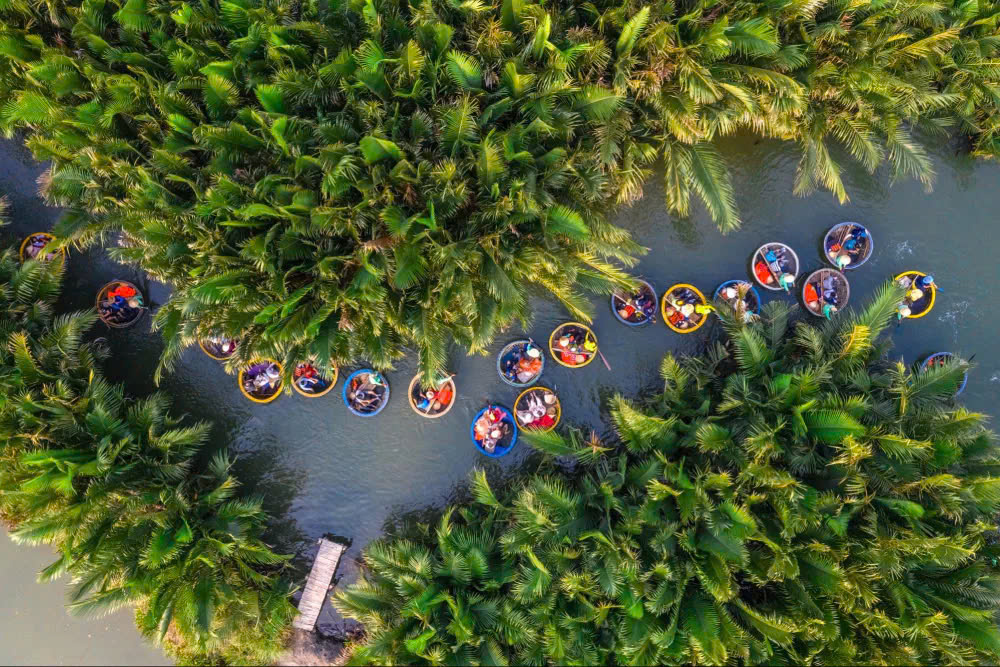
The Bay Mau Coconut Forest is dubbed the “Mekong Delta in the heart of the ancient town.” It offers unique basket boat tours and local cultural activities. Located approximately 5km from central Hoi An, it’s a special ecosystem. Over 100 hectares of water coconut palms thrive here. Visitors can experience riding a “thung chai.” This is a traditional round basket boat. Central Vietnamese fishermen use these boats. You can weave through the lush green coconut palms. Besides this, activities like fishing and crab catching are available. You can also learn to weave coconut leaves into unique souvenirs.
Hoi An Night Market: A Vibrant Evening Scene

The Hoi An Night Market is perfect for enjoying street food. You can also shop for souvenirs here. Experience the lively nocturnal ambiance of the old town. It extends along the thoroughfares of Nguyen Hoang and Tran Quy Cap. The market operates daily between 6 PM and 10 PM. You can discover a diverse selection of merchandise. This includes apparel, footwear, and mementos. You can also sample Hoi An’s distinctive street cuisine, such as Cao Lau and Mi Quang. Banh Mi is another local culinary highlight. Moreover, the night market vicinity hosts cultural presentations.
My Son Sanctuary: Ancient Cham Ruins
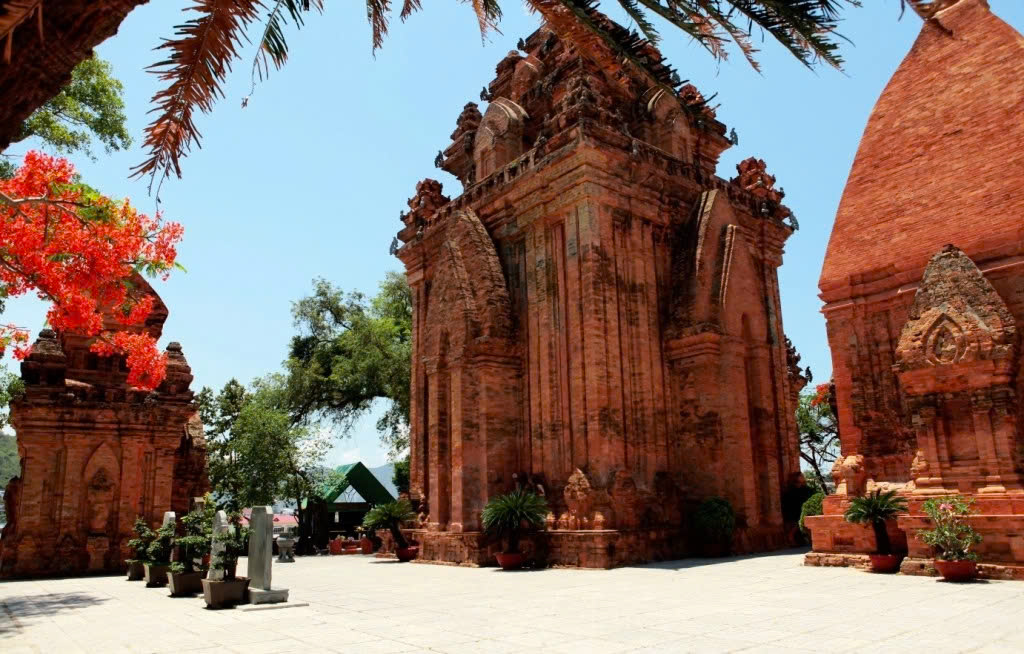
When you travel to Hoi An, My Son Sanctuary is must-see. It is home to an ancient Cham Pa temple complex. The complex is nestled within a 2km-diameter valley. This entire sanctuary was once a crucial site. Religious ceremonies of the Cham Pa royalty took place here during their reign.
Cham Islands (Cu Lao Cham): Island Paradise
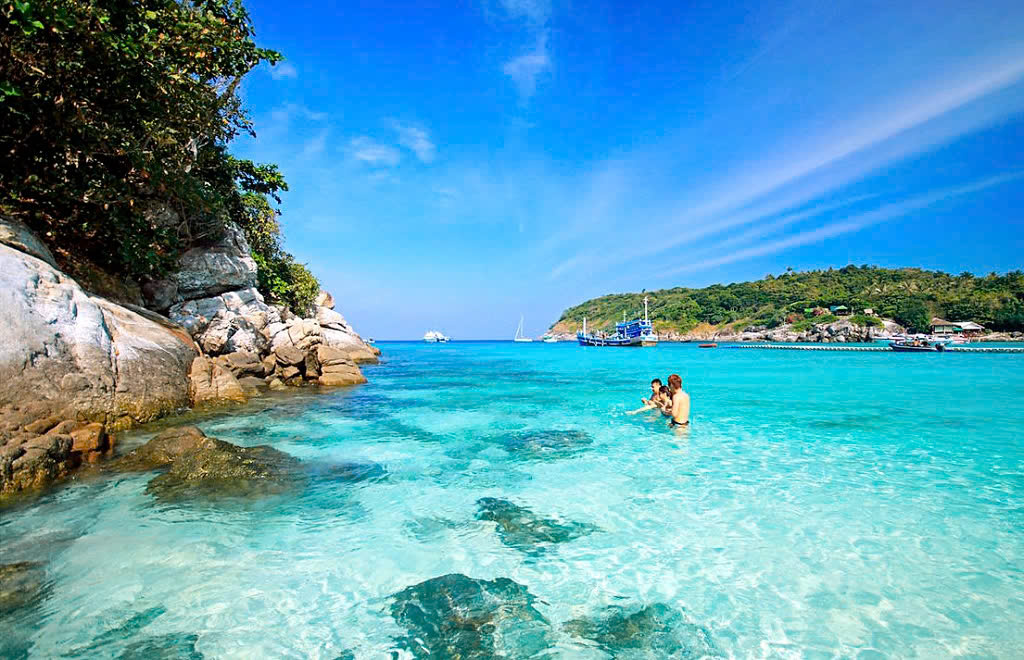
Cu Lao Cham is a beautiful archipelago. Situated approximately 15km offshore from Hoi An, it is famous for its coral diving and snorkeling opportunities. Pristine beaches and untouched natural beauty are also highlights. The Cham Islands comprise eight islands. UNESCO recognizes them as a World Biosphere Reserve. Visitors can choose day trips or stay overnight. This allows for a full exploration of the area’s charm. Many visitors enjoy snorkeling and diving at Bai Bac or Bai Huong. Swimming is also a favored activity at Bai Chong or Bai Ong. Swimming at Bai Chong or Bai Ong is also popular. Visiting fishing villages and exploring the island’s forests are other options. Don’t forget to enjoy fresh seafood.
Fujian Assembly Hall (Phuc Kien): Impressive Architecture

The Fujian Assembly Hall is one of Hoi An’s most impressive architectural structures. It captivates visitors with its solemn beauty and intricate carvings. The Chinese community from Fujian built it in 1690. This assembly hall is dedicated to Thien Hau Thanh Mau. She is the Goddess of the Sea and protector of fishermen and seafarers. The hall’s architecture blends Chinese and Vietnamese styles. It features curved tiled roofs and a spacious courtyard. Moreover, visitors will be drawn to the exquisite wood and stone carvings. Lacquer paintings and parallel sentences adorn the interior.
Sa Huynh Culture Museum: A Historical Journey
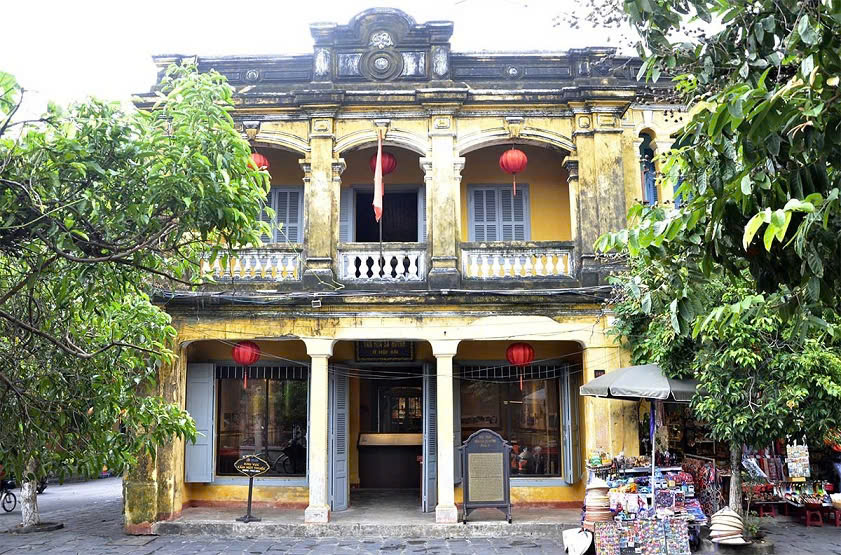
This museum showcases valuable artifacts. It provides insights into Hoi An’s history and culture. The timeline spans from the Sa Huynh period to the present day. Located at 149 Tran Phu Street, the museum preserves and displays archaeological artifacts. These are from the Sa Huynh culture. This ancient civilization flourished in central Vietnam. The period was from 1000 BC to the 2nd century AD. . Bronze tools and jewelry are also on display. The museum also offers detailed information. This covers Hoi An’s historical development. It ranges from the Sa Huynh era to its time as a trading port and its modern period.
More than a simple tourist destination, Hoi An is an opportunity for immersive engagement. It’s a journey to uncover Vietnam’s culture, history, and people. Open your heart and prepare to be captivated by Hoi An’s simple yet profoundly enchanting beauty.
To know Hoian Lantern festival, read more here: Hoi An Lantern Festival Dates 2025: Your Complete Guide – Exploreve

